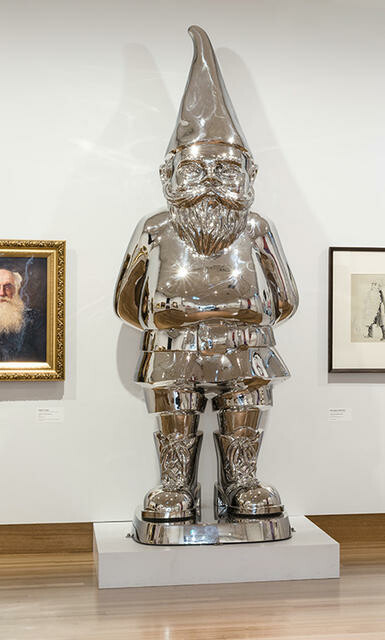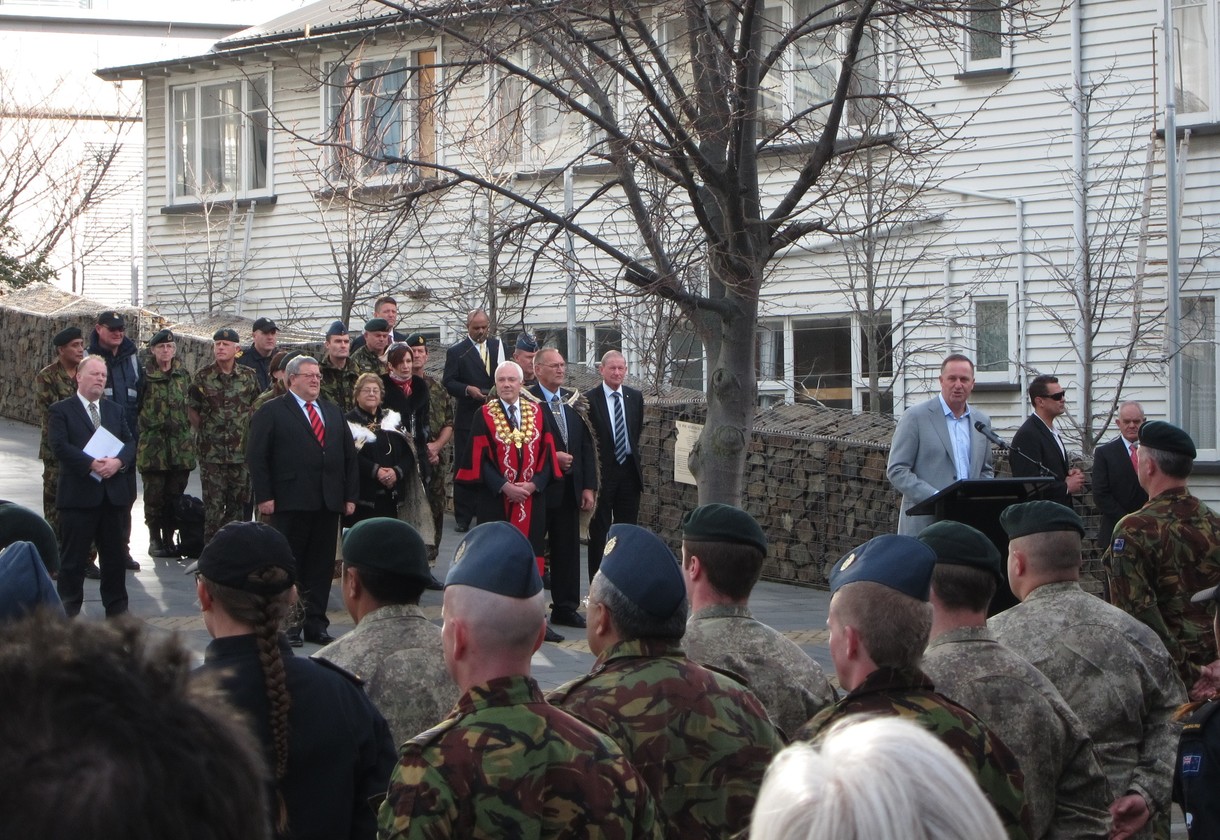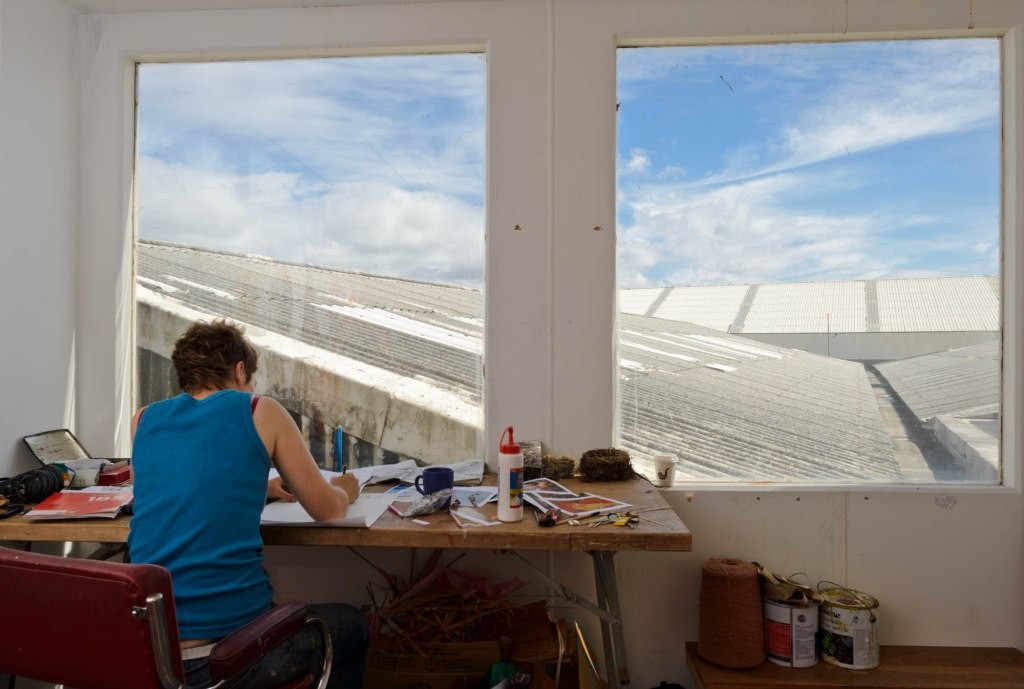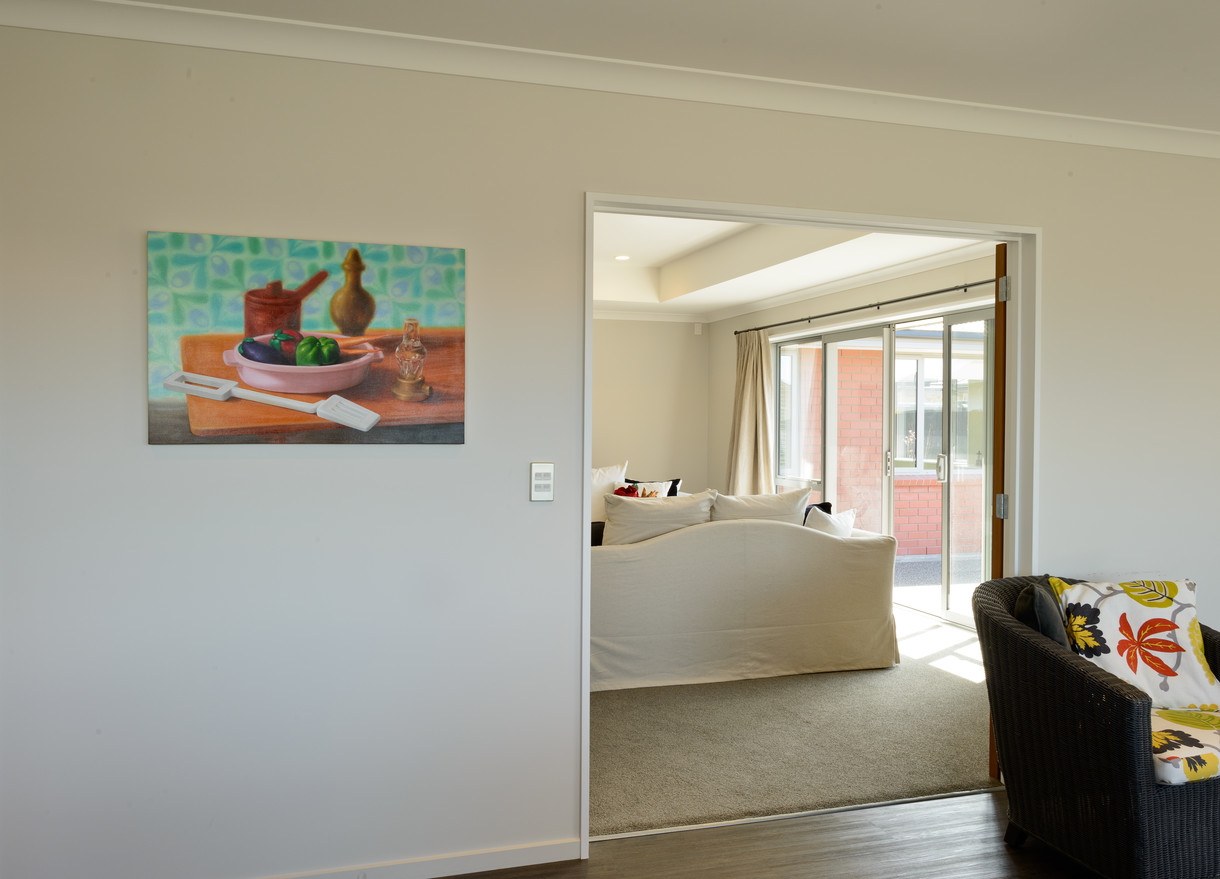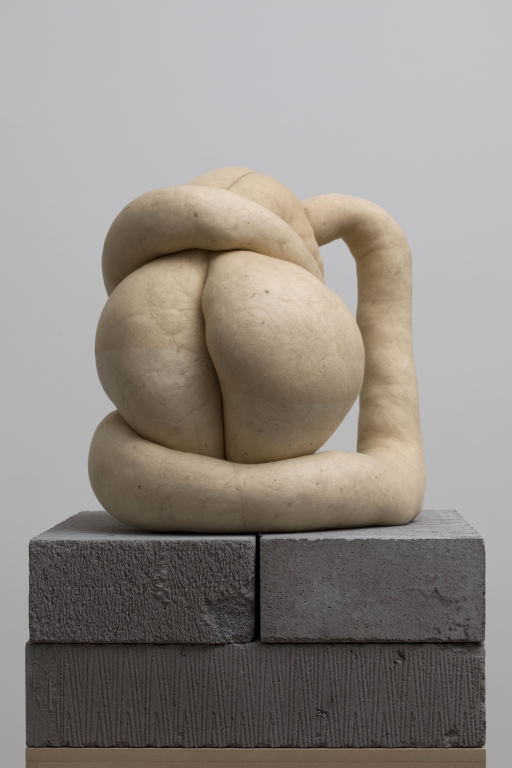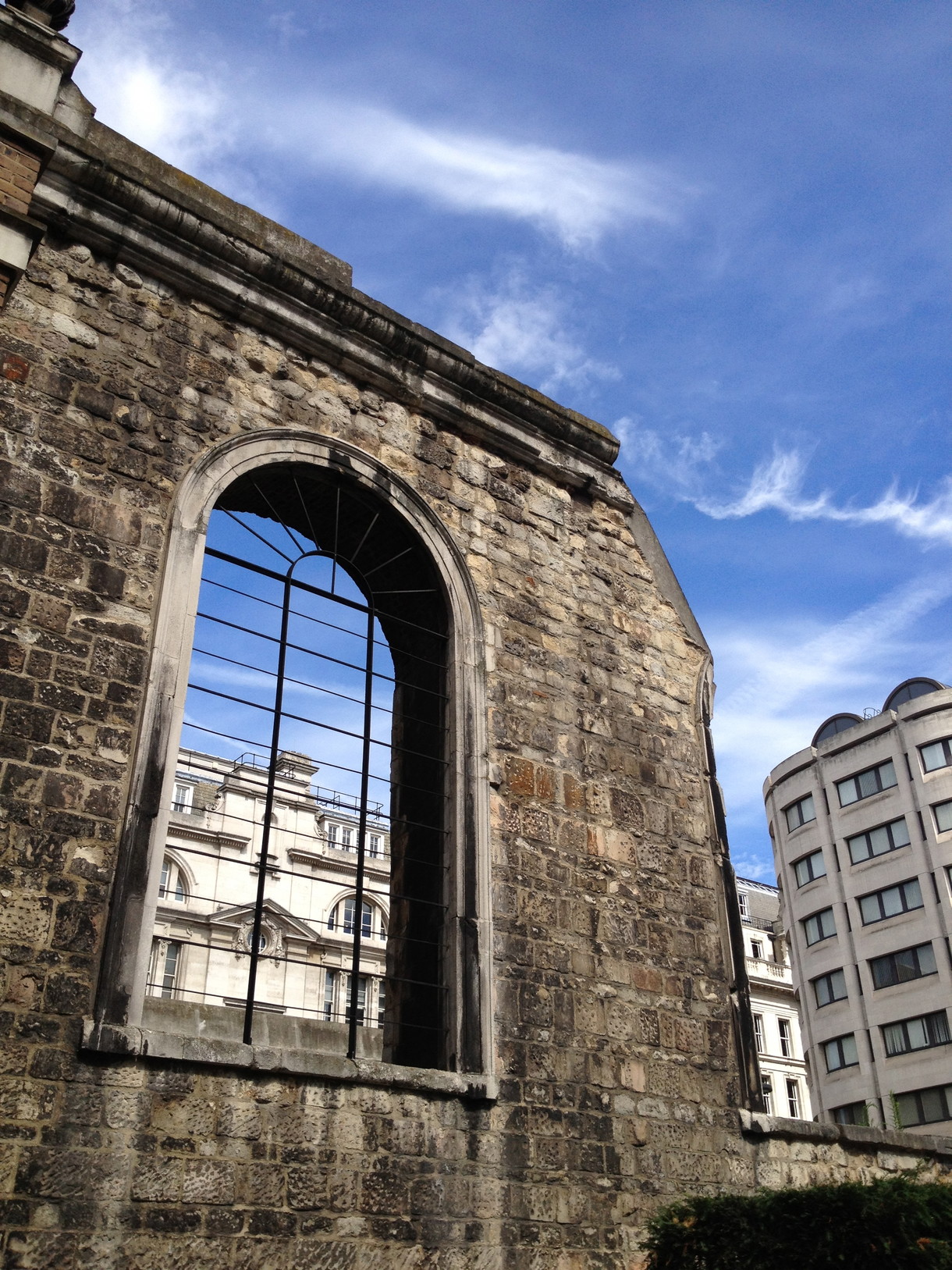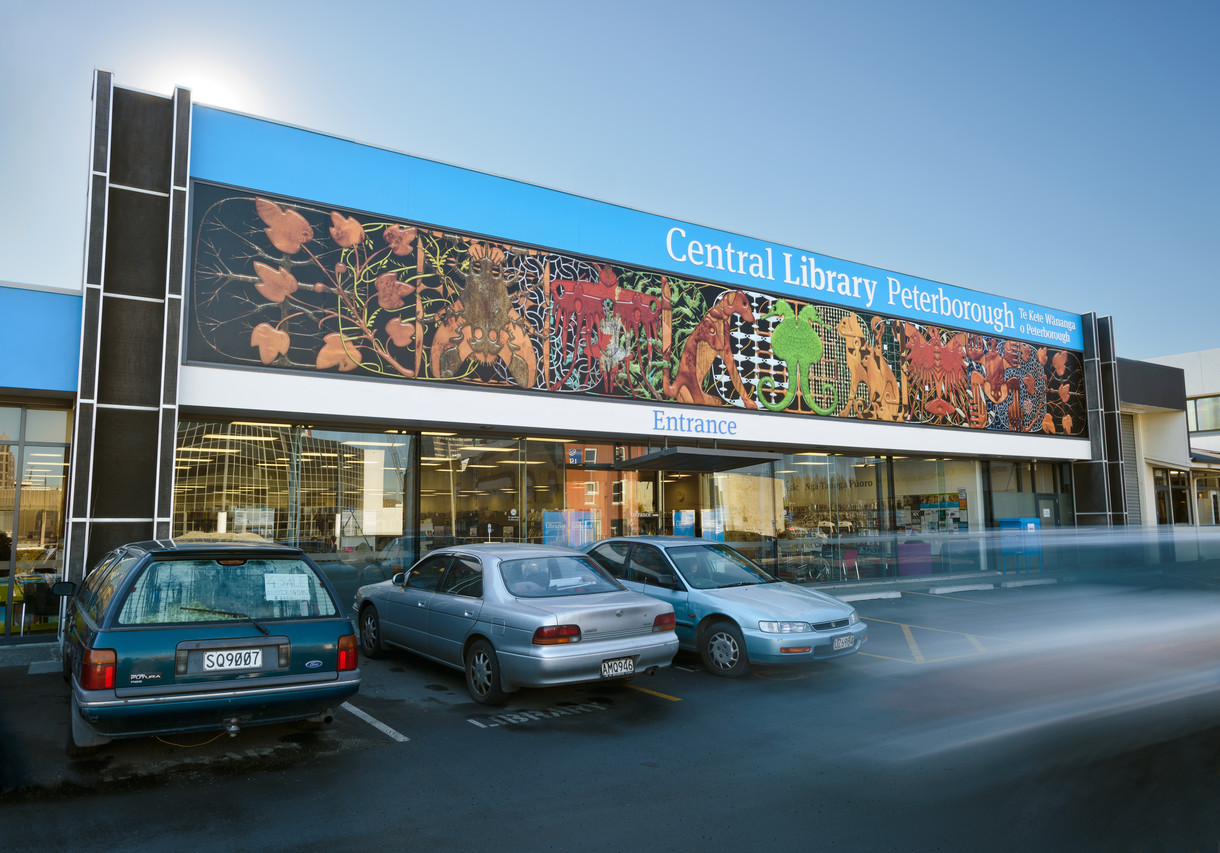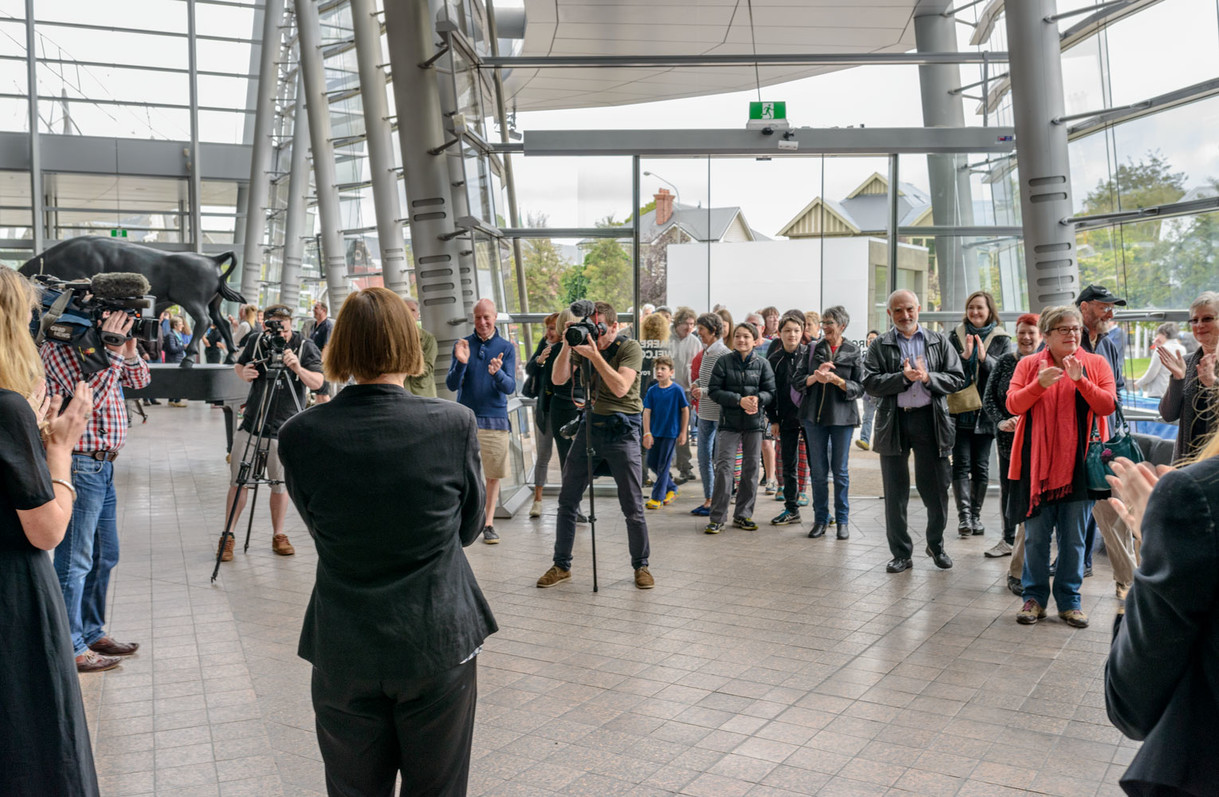
Gregor Kregar Reflective Lullaby (John) 2013. Mirror polished stainless steel. Courtesy the artist and Gow Langsford Gallery
Gregor Kregar: Reflective Lullaby
Justin Paton: As everyone who has seen your works at Christchurch Airport will know, you often make big sculptures with a geometric quality. Gnomes, however large, aren't the first things viewers might expect you to be interested in. What's the appeal of these figures for you?
Gregor Kregar: I'm interested reinterpreting mundane objects, shapes, situations or materials. In my large geometric works I do this by creating complex structures out of basic shapes—triangles, squares, pentagons and hexagons. And with the gnomes I am interested in how something that is usually made out of plastic or concrete and is associated with a low, kitsch aesthetic can be transformed into an arresting monumental sculpture.
JP: You've made some smaller gnomes in cast glass, but lately it's been stainless steel. Why the shift to this material?
GK: The glass transformed cheap plaster gnomes into precious objects. Glass is a material that the alchemists were interested in, as it is in a constant state of flux. And alchemists in the Middle Ages perceived gnomes as mystical, semi-scientific creatures. Even the word gnome originates from the word gnosis—knowledge. Disney changed them into popular cartoon icons. The steel is like an armour for them. It is alluring because it is shiny, but we just see our reflections in it.
JP: You come from Slovenia in central Europe, where many heroic statues have been raised and later toppled during moments of 'regime change'. Do you see your 'Reflective Lullabies', as you call them, in relation to that tradition of heroic statuary?
GK: They are not the heroes of one event but rather the funny philosophers of everyday life.
JP: How about all those monuments to labour that were raised during the early twentieth century? Gnomes are known as labourers too...
GK: I agree that they can be labourers but they are also thinkers. All the gnomes I've made are without tools and are standing in contemplative positions. So I suppose they are monuments to reflection.
JP: Christchurch too has lost some monuments, through seismic rather than political ructions. How do you think the gnomes will read in the post-earthquake city? What effect would you like them to have?
GK: That's a difficult one. I hope that they will provoke some discussions. Some people will not see anything positive in them, but I am sure that plenty of others will find them philosophical and humorous. Gnomes were always perceived as the guardians of the underground and possessors of special powers and knowledge. So I hope they are seen as beings that want to settle the ground in Christchurch. I think Christchurch is also a perfect location for them because of its reputation for gardens. We will be putting gnomes on the city's 'front lawn'.
JP: We once explored the possibility of placing your gnomes on a plinth formerly occupied by one of Christchurch's founding fathers. The possibility was rejected for being too irreverent. Do you see the gnomes that way?
GK: I think they are serious and irreverent. I like that although they celebrate beings that are not looked upon as high art, they are very serious in terms of their scale and materiality. Like our lives they operate between the ridiculous and the sublime. We could also say that bronze or stone figures of founding fathers and fallen heroes can be looked at with a fair amount of irony and humour, when the ideologies that made them have changed. The gnomes' message is to focus on small things or situations that we regularly miss in our busy lives.








